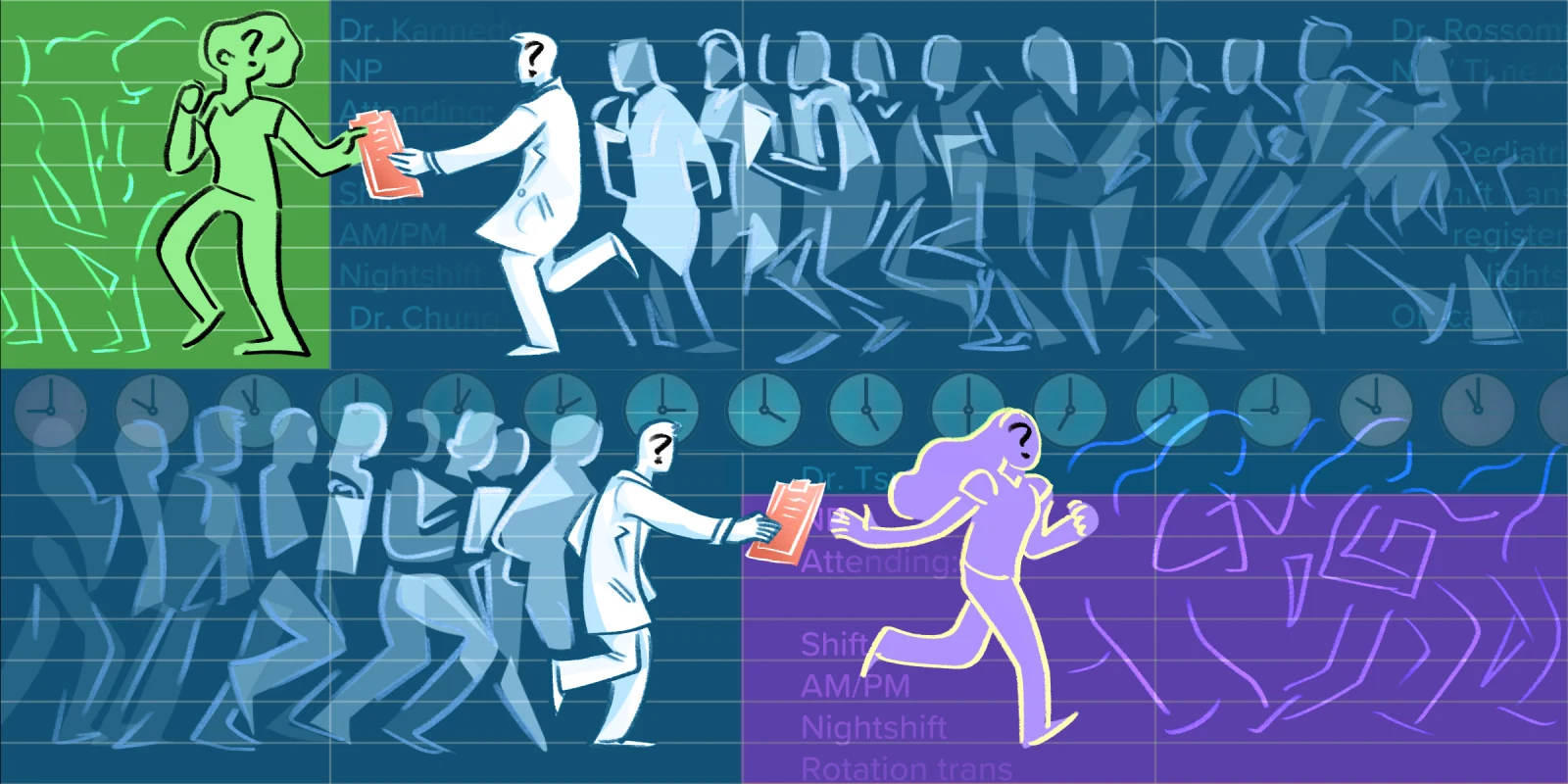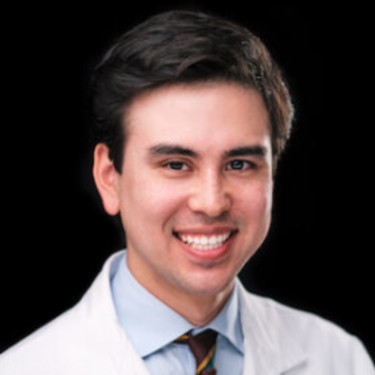I was lucky enough recently to attend several functions with friends of mine from across the country. Given the hours of residency, I hadn’t seen some of them in years. Most of the people at these get-togethers were not in the medical field. As we spent time catching up and meeting new acquaintances, the same questions inevitably arose:
“What are you up to these days?”
“How’s work?”
“So what do you do?”
My answers, it turns out, were not always straightforward, even to people with whom I keep in relatively close contact. The problem wasn’t that I didn’t have the answers — it was that I had too many answers. The path from medical school to residency — and to a highly specific residency — yields circumstances that are not relatable to most of the population. As neurosurgery residents, we encounter fairly singular situations on a daily basis and often have no idea what will happen next.
Though I wanted to convey my thoughts and feelings, I realized that it is nearly impossible to faithfully relay what goes on during my time at work. I can succinctly give an overview during casual conversation that summarizes the main points, but that often strikes me as glib and unsatisfying, as there is so much more lurking beneath the surface.
Explaining life at work is easier to do in writing, so here’s an example familiar to any neurosurgery resident. I get a call from the ED one morning for a suspected aneurysmal subarachnoid hemorrhage. It’s a reasonably algorithmic consult, but there are a hundred different thoughts that immediately start going through my head. I pull up the imaging — the blood is diffuse, located primarily anteriorly (perhaps an ACA or AComm aneurysm based on CTA?), and extends into the bilateral ventricles, which are enlarged. Before even calling the ED back I can envision much about the patient’s hospital course. They will need the ICU (so I need to call the ICU fellow and start the transfer). They will almost certainly need an EVD (so I need to figure out who will give sedation and if the patient needs to be intubated, check the proper pre-procedural labs, and round up the equipment). They will require a catheter angiogram (so I need to call the neuro interventional radiology fellow and inform them of the patient) but aneurysms like this can be difficult to treat endovascularly, so I will also let the OR know of a potential impending case for aneurysm clipping. The family will need to be updated. The patient has a modified Fisher grade 4 hemorrhage based on imaging and will be at higher risk of vasospasm that could significantly impact care over their hospital stay, which will likely last weeks. We also need to tightly control their blood pressure given the unsecured aneurysm.
I go see the patient. They are drowsy on exam (what we would call a Hunt-Hess grade 3 exam) and need that EVD. I will have to consent their family since the patient is in an altered state, but first I must go find my chief resident and the vascular neurosurgery attending on call to staff the consult. After I do that, I return to the ED. Family has arrived and wants a full explanation of what happened, what an aneurysm is, what the procedure is, what the patient’s prognosis looks like, what will happen in the near future, etc. Their family member has just suffered a life-changing injury and they are overwhelmed. I answer their questions and consent for the EVD. By then the patient finally arrives in the neuro ICU. We place the EVD. The opening pressure is reasonable and the drain works well. The patient is whisked away to the angiography suite for their next procedure. At this point there are many more decisions to be made about the patient later in the day, but I temporarily have some respite from this patient, which is good because the pager has been beeping this entire time and there’s still an entire day of tasks and consults awaiting.
This is an abbreviated synopsis of one consult on one morning of holding pager on one random day of being a resident, and there are still so many details I left out, not to mention the stress, sweat, and general swings in adrenaline that running around the hospital elicits. I saw around 850 consults and admissions during PGY2 alone, none of which were expected. Coming into work in the morning, you often have only a vague idea of what your day will hold. Even if your schedule is entirely known, it’s because you will be in the OR all day. What’s more, explaining the day-to-day job takes for granted all the background medical knowledge underlying our decisions, which is the product of nearly a decade of intensive study.
These are problems facing any trainee, not just me. This path we’ve chosen is antithetical in many ways to routine and normalcy, which can be disheartening at times, as I’m sure most residents can attest to. I flew home from each of my recent functions envious of aspects of my friends’ lives. The ability to work from anywhere, consistency in schedule, and having more weekends off certainly would be nice. But these conversations cut both ways, and thinking I could have the appealing aspects of another job without any of the negatives isn’t realistic. When I asked about my friends’ day-to-day lives, they no doubt had aspects that they couldn’t entirely explain to me. What I do know, though, is that I learned enough to understand that being a consultant or working for Microsoft probably isn’t for me.
Ironically, the slight frustration at being unable to completely explain what I do every day underscores the reasons that made this job appealing in the first place. It’s complex and never static. There’s always something to learn. There’s little BS between colleagues as good patient management and evidence-based decisions win out in the end. You are working hard, but it’s to acquire the surgical skills and ability to help people with acute issues, which to me is infinitely more fulfilling than working as a cog for some large company. You feel a sense of accomplishment at the end of the day, as becoming a surgeon is something worth achieving.
These, of course, are my own personal thoughts, but there are parallels among all residents. This insular world we have joined imparts shared empathy to its inhabitants, even if they aren’t in the same residency program or hospital as me. We understand the struggles, the long hours, the inefficiencies of residency, and the burnout, but persevere as our end goals are enough to keep us motivated. It’s an especially transparent bond that creates an inherent support system, one that I have become increasingly more thankful for the longer I have been in training.
What's your favorite part about your job? Share in the comments!
Dr. Alex Yahanda is a PGY-3 neurosurgery resident at Washington University in St. Louis. He also received his MD and MPHS degrees from Washington University. Dr. Yahanda is a 2023–2024 Doximity Op-Med Fellow.
Illustration by April Brust







